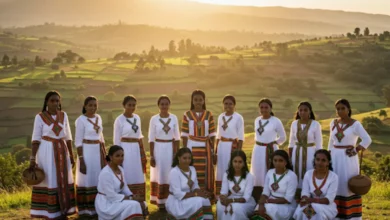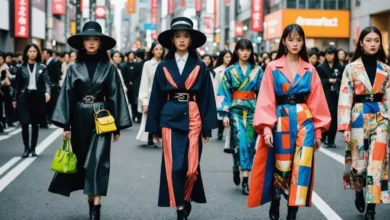The hijab, a headscarf worn by Muslim women as an expression of modesty and faith, is far more than a simple piece of fabric. It is a symbol of identity, culture, and personal conviction one that takes on countless forms across the globe.
From the vibrant batik-printed jilbabs of Indonesia to the flowing chadors of Iran, the hijab reflects the rich diversity of the Muslim world. In this journey across continents, we’ll explore how the hijab transcends borders, adapting to local traditions, climates, and histories while maintaining its spiritual essence.
The Hijab as a Global Tapestry
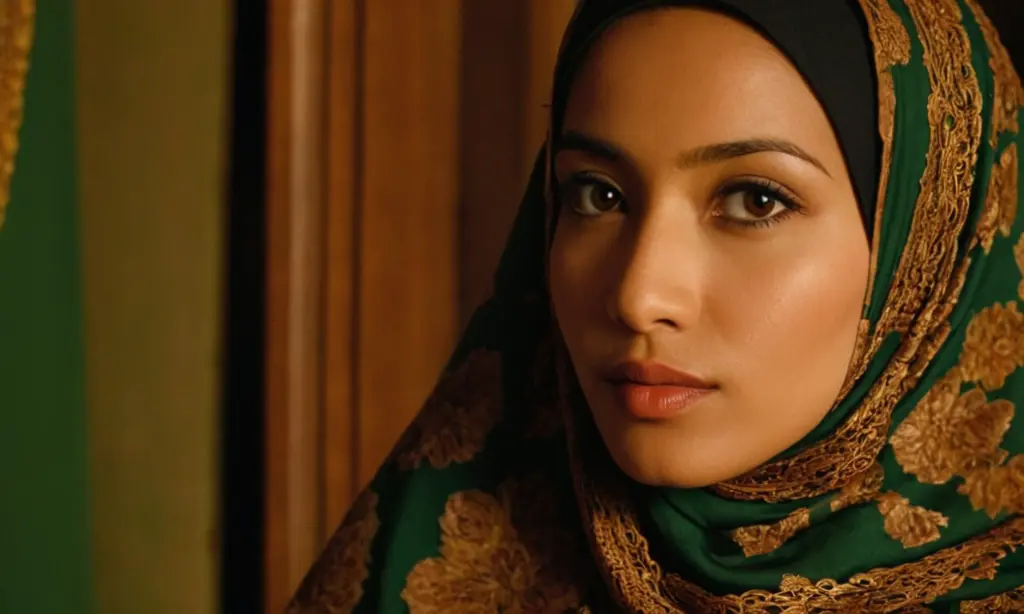
The word hijab comes from the Arabic root hajaba, meaning “to cover” or “to veil.” While often associated with religious observance, its styles and significance vary dramatically depending on geography, culture, and individual choice.
For some, it’s a deeply personal act of devotion; for others, a cultural emblem or even a fashion statement. By examining hijab traditions from Southeast Asia to the Middle East, we uncover stories of resilience, creativity, and unity in diversity.
See also Sami Clothing: Sacred Designs That Mirror Arctic Survival and Nature
Sami Clothing: Sacred Designs That Mirror Arctic Survival and NatureIndonesia: Modesty Meets Modernity
Indonesia, home to the world’s largest Muslim population, showcases the hijab as a fusion of faith and fashion.
The Jilbab and Kerudung
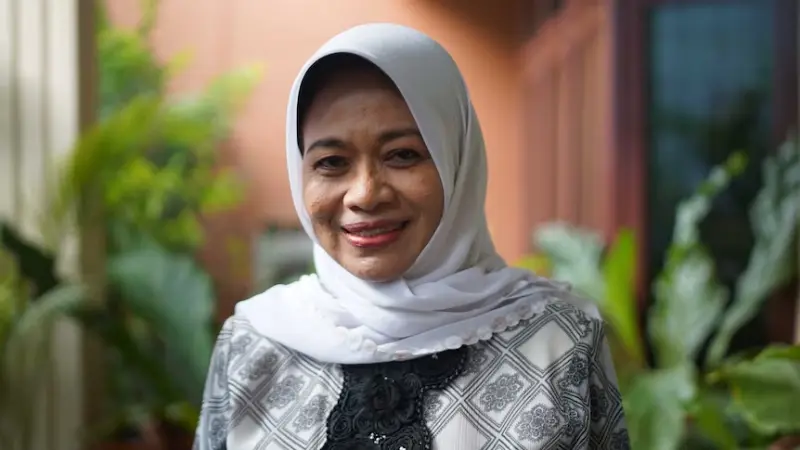
Indonesian women often wear the jilbab (a close-fitting headscarf) or kerudung (a looser veil), paired with modest tunics or dresses. These styles incorporate batik (wax-resist dyed fabric) and songket (gold-threaded textiles), linking the hijab to national pride.
The Rise of Hijab Fashionistas
In cities like Jakarta, influencers like Dian Pelangi and brands such as Hijab by Dian Pelangi have turned the hijab into a global trend. Social media platforms buzz with tutorials on “hijab styling,” blending traditional motifs with modern cuts. The annual Indonesia Islamic Fashion Week cements the country’s role as a leader in modest fashion.
Malaysia: Cultural Harmony in Layers
Malaysia’s multicultural society (Malay, Chinese, Indian) shapes its hijab traditions.
See also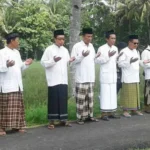 The Urban Sarong: Ultimate Guide to Styling Indonesian Tradition in 5 Ways
The Urban Sarong: Ultimate Guide to Styling Indonesian Tradition in 5 WaysBaju Kurung and Tudung
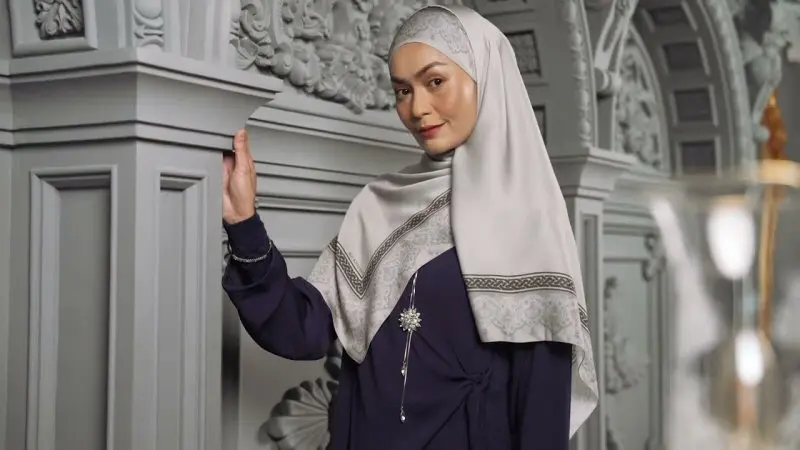
The tudung (headscarf) is often paired with the baju kurung, a long tunic over a skirt. Malaysian hijabs are known for their bold colors and intricate brooches, which secure the fabric in elaborate folds.
Corporate Modesty
In professional settings, tailored hijabs in neutral tones reflect Malaysia’s blend of modernity and tradition. Brands like Naelofar Hijab offer sleek designs for working women, proving modesty and ambition coexist seamlessly.
Iran: The Politics and Poetics of the Veil
In Iran, the hijab is both a religious symbol and a political flashpoint.
The Mandatory Hijab
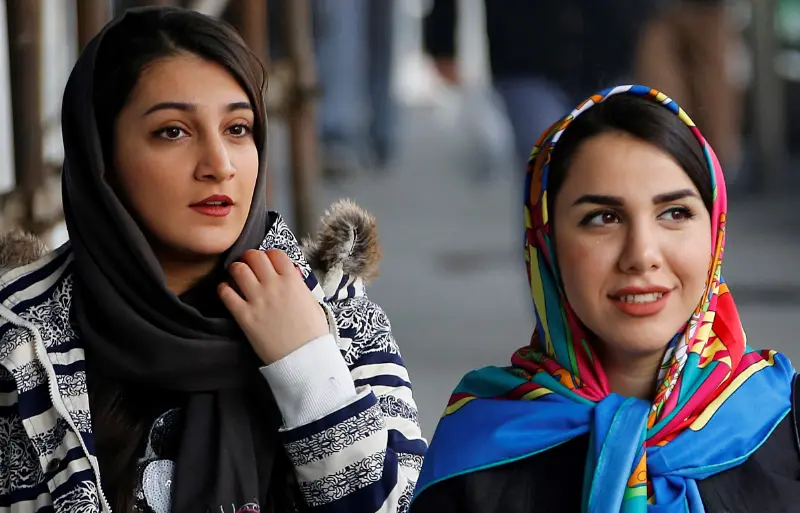
Since the 1979 Islamic Revolution, Iranian law has required women to cover their hair in public. The chador (a full-body cloak) and the manteau (a long coat) with a rusari (headscarf) are common. Yet, many women push boundaries with colorful scarves worn far back on the head, subtly protesting state mandates.
Artistic Resistance
Iranian artists like Shirin Neshat use the hijab as a motif in photography and film to explore themes of femininity and freedom. Meanwhile, the White Wednesday movement sees women sharing videos of themselves removing hijabs in public, demanding choice.
Saudi Arabia: From Niqab to Reform
Saudi Arabia’s hijab traditions are evolving amid rapid social change.
The Niqab and Abaya

For decades, the niqab (face veil) and abaya (black cloak) were norms, reflecting conservative interpretations of modesty. These garments also signaled tribal identity, with subtle embroidery variations across regions.
Vision 2030 and New Freedoms
Crown Prince Mohammed bin Salman’s reforms have relaxed dress codes. Today, many Saudi women opt for colored abayas or leave their hair partially visible, blending tradition with self-expression.
Turkey: Bridging Secularism and Faith
Turkey’s secular legacy and Islamic roots create a unique hijab landscape.
The Ban and Its Repeal
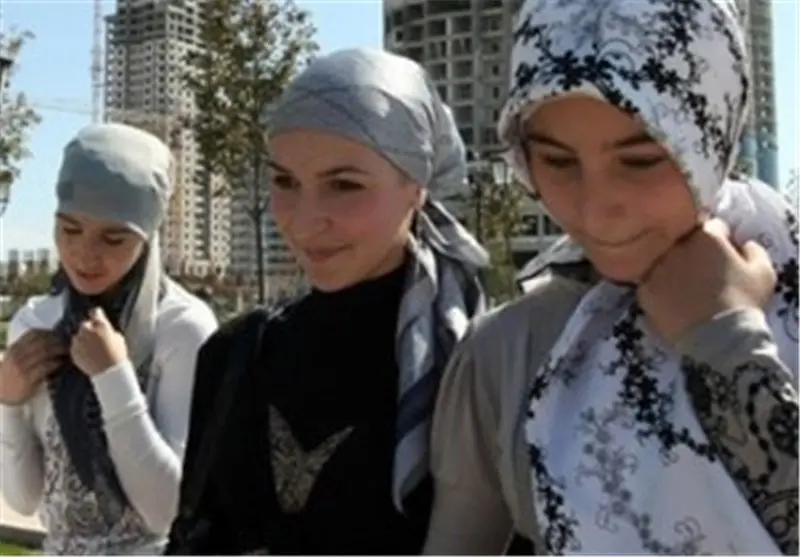
From 1982 to 2013, headscarves were banned in Turkish universities and government offices. This policy fueled debates about secularism vs. religious freedom. Today, the tesettür style (long coats with oversized hijabs) dominates, emphasizing elegance and modesty.
Global Fashion Influence
Turkish designers like Rabia Yılmaz blend Ottoman motifs with contemporary trends, exporting luxury hijabs worldwide. Istanbul’s Grand Bazaar brims with pashmina scarves and crystal-embellished pins, catering to a fashion-savvy clientele.
Egypt: From Ancient Roots to TikTok Trends
Egypt’s hijab traditions reflect its layered history Pharaonic, Islamic, and cosmopolitan.
The Khimar and Niqab
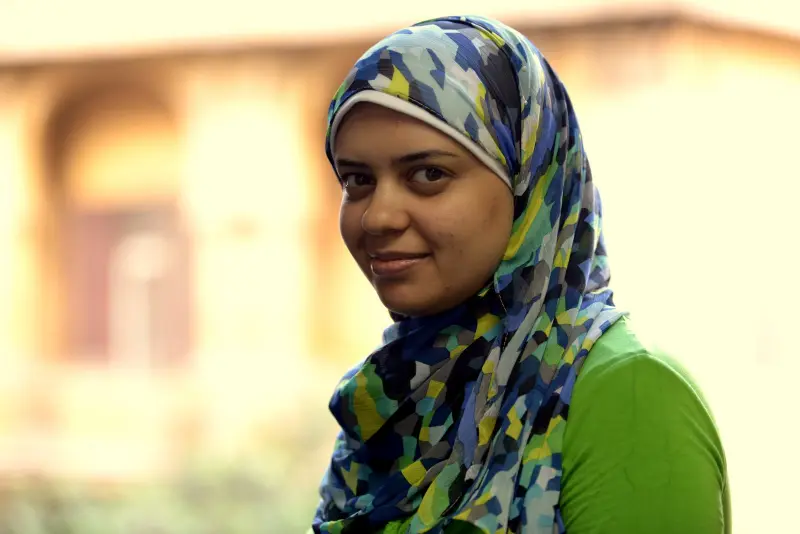
Traditional Egyptian khimars (long, cape-like veils) and niqabs coexist with modern styles. In rural areas, women wear bright cotton hijabs for practicality, while urbanites embrace turban wraps inspired by African and global trends.
Digital Age Modesty
Egyptian influencers like Doaa Gawish use TikTok to showcase hijab tutorials, merging modesty with millennial flair. The hashtag #HijabFashion has millions of views, highlighting Egypt’s role in shaping online modest fashion communities.
Common Threads: Unity in Diversity
Despite regional differences, universal themes connect hijab-wearing women worldwide:
- Faith and Identity: The hijab serves as a visible reminder of spiritual commitment.
- Cultural Pride: From Indonesian batik to Iranian embroidery, textiles tell stories of heritage.
- Agency and Choice: Whether donned by mandate or personal conviction, the hijab sparks conversations about autonomy.
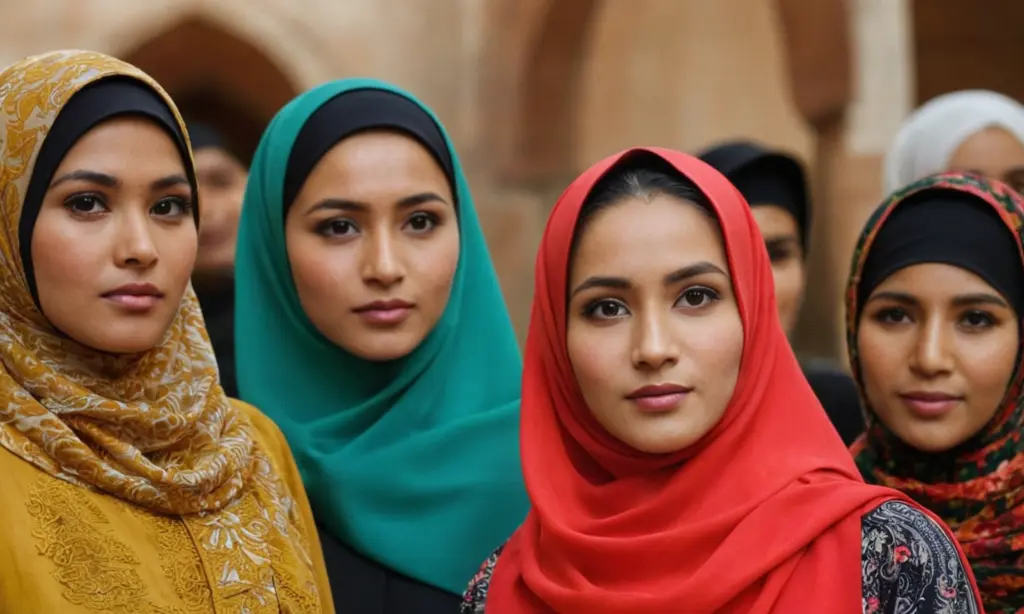
Challenges and Controversies
The hijab’s global journey isn’t without friction:
- Bans in Europe: France and Switzerland prohibit hijabs in public institutions, citing secularism.
- Workplace Discrimination: Women worldwide report bias against hijab-wearing employees.
- Cultural Appropriation: Runway brands sometimes adopt hijab aesthetics without crediting origins.
Yet, movements like World Hijab Day (February 1) challenge stereotypes, inviting non-Muslims to experience the hijab firsthand.
Conclusion: The Future of the Hijab
The hijab is a living tradition, continually reinterpreted across generations and geographies. As Indonesian designers digitize batik hijabs and Iranian activists reimagine the chador, the veil remains a canvas for creativity and resilience. In a world often divided, the hijab’s diverse expressions remind us that modesty, like beauty, knows no borders.
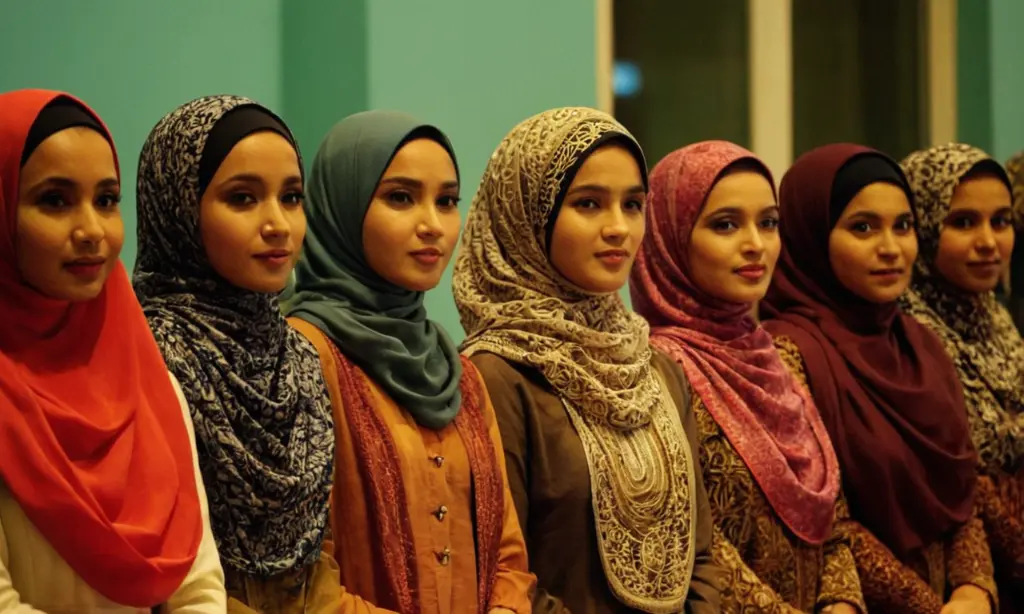
In the words of a young Moroccan hijabi designer: “My scarf is my crown—woven with history, stitched with pride.”
By celebrating the hijab’s myriad forms, we honor the women who wear it—not as symbols of sameness, but as individuals shaping their own narratives, one fold at a time.


